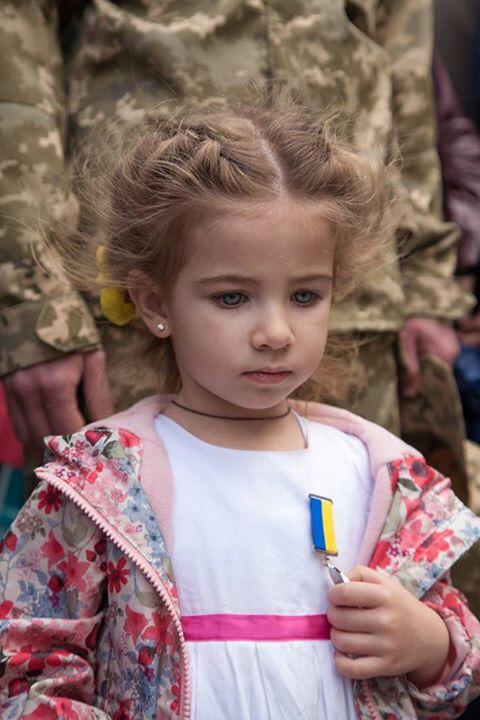During World War II the enemy aviation dropped agitation flyers onto resistant cities. The call on the flyers was approximately as follows: “Come over to our side.” And below the flyer listed the benefits of switching sides.
The flyers were dropped by both sides of the conflict: the Axis powers and the Allies.
Earlier the military enemies of Vlad Dracula printed (what they could print on at the time) fake information about him. Some of the flyers claimed Dracula to be a bloodsucker, a tyrant, a sadist and someone unworthy of life. The flyers were handed out to Dracula’s subordinates.
Propaganda is a necessary evil of all military action. It has two goals: to inspire and subdue.
Inspiration is necessary to give sense to participation in military action, or aid to the army’s rear forces. For example, the entire cartoon industry of the US during World War II worked for the US army.
Bugs Bunny went to war with a horrifying Hitler caricature. And he overpowered him with his wit, eradicating the Führer’s animated buffoonery and clumsiness. As such, the consumers of such propaganda felt confident in their victory over the Third Reich.
Through humor, the following message was delivered to them: “The enemy is not as frightening as they seem.”
The essence of propaganda is the inspiration of its supporters and subordination of the enemies.
Two types of propaganda to subdue the enemy
There are two types of propaganda for subduing. The first is giving negative traits to the enemy. For example, Russia merits Ukrainians with the terms “fascists,” “junta,” “Banderites,” “murderers.” Each word has a negative emotional tint. They are cited in key media source that are called to propagate against Ukraine.
The Ukrainian army and government have to be tied to the most horrifying crimes, comparable to those committed during World War II. In order to draw the parallel between “fascists” and “satanists.” The recent story about the “crucified boy” on Channel One is a confirmation of this. Such propaganda works also to accumulate its population against Ukrainians. Crucifixion is an archetypical symbol, which is comprehensive for the orthodox part of Russia. The message is that the horrible pagans and fascists crucified the Savior.
Meanwhile the terrorists and separatists in the east are given the pleasant-sounding term “rebels,” thus giving them traits of some sort of nobility, expressed in fighting for the right of sovereignty against the enemies sitting in Kyiv.
The second type of subduing propaganda is the broadcast of messages regarding the impending defeat of the enemy army. For example, Russia is broadcasting information through third parties regarding the significant electoral and military support of the separatists (“rebels,” according to them) in the East and South of Ukraine. As well as the low level of training of the Ukrainian army and, on the contrary, the Russian army’s significant advantage.
How to identify false enemy information, or information working for the enemy: (in the context of war propaganda there is no difference as to where enemy information is posted: in media or blogs)
- Identify the medium (website, newspaper, magazine, TV channel) using linguistic criteria. The usage of words and combinations of words “rebels,” “PRD army” and “PRL army” etc. in the articles, which give official status to the separatists and terrorists in the East of Ukraine.
- Identify what is done by individual bloggers and users of social media: if their messages are harmful to the Ukrainian army and Ukrainian sovereignty in general.
- Identify the medium by one-sided articles that celebrate Russia and diminish Ukraine. Under conditions of military actions any propaganda working for the enemy has to be blocked and prohibited.
- Identify texts, video and audio aimed to lower the moral and military spirit of the army and population of Ukraine. Such as the staging of the “prohibition on happiness” (on holding cultural events), demonstrating Ukrainians and the Ukrainian army with negative qualities (no weapons, poverty etc.), demonstrating Ukrainians as lazy “salo-eaters.”
- Identify the publication of confidential (real and not misleading) information regarding tactical and strategic action of the Ukrainian army.
If we are dealing with a post of social media which meet the same criteria, the rules are very simple:
- Don’t like it.
- Don’t share it.
- Don’t react to it even in jest.
- Don’t follow Russian TV channels and websites.
- Ban bots.
Source: AIN
Translated by Mariya Shcherbinina





